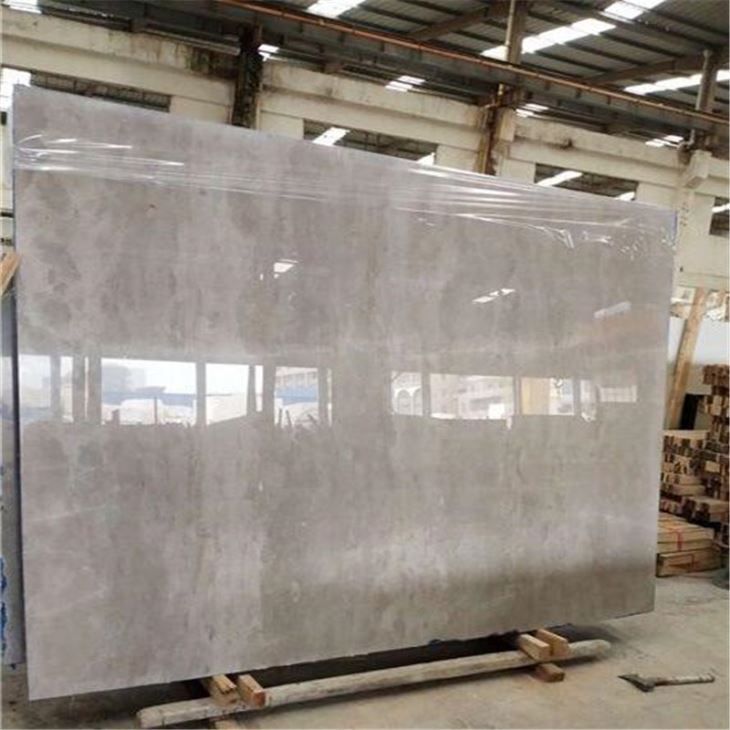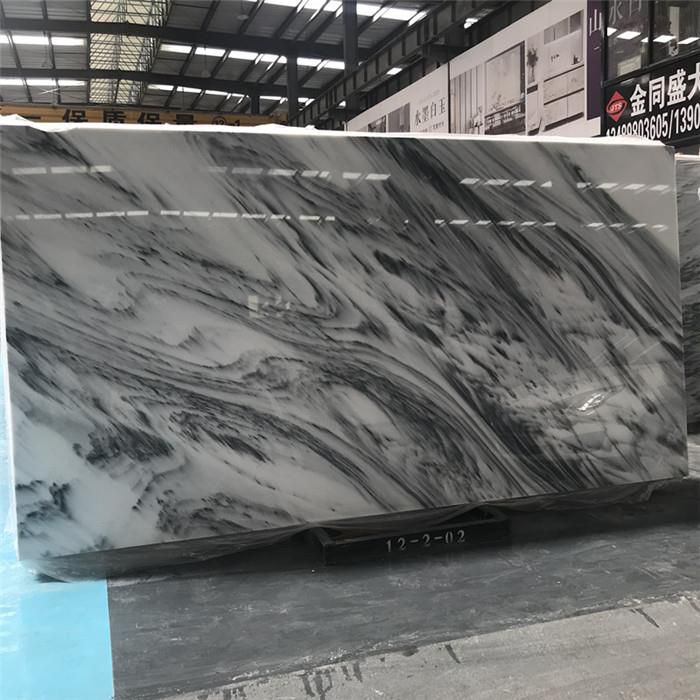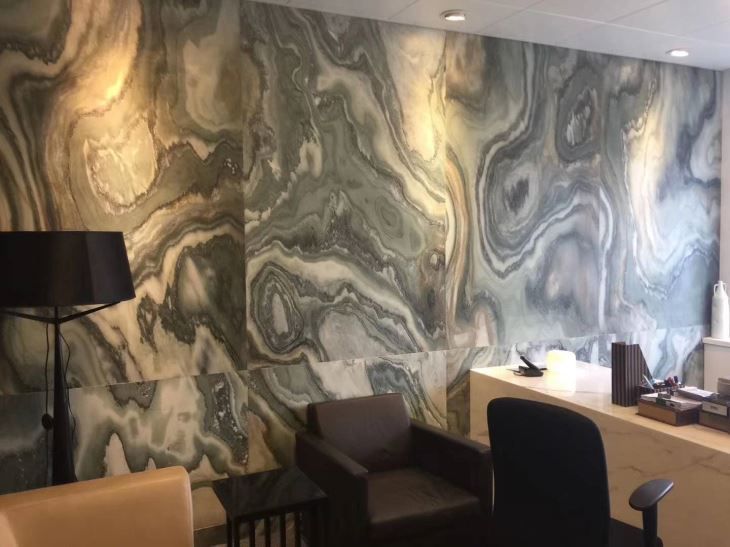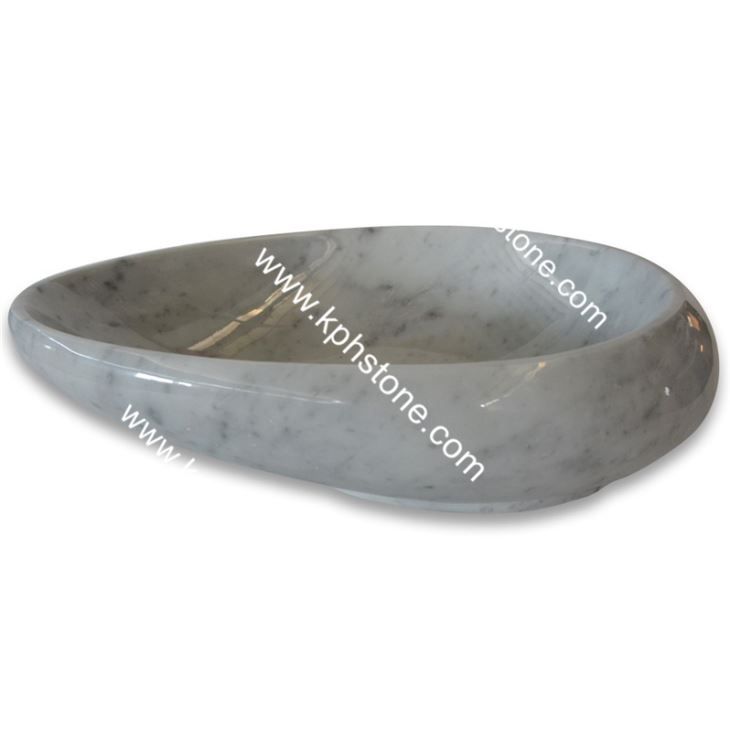How to select ceramic tiles
There are many factors to keep in mind when selecting ceramic tiles or solid panel materials. Is it natural or man-made? How much wear and tear can it withstand? Is the material resistant to stains and water? Is it easy to clean and maintain?
To help you with these questions, we’ll take a look at the different types of tile and which areas of your home they’re best suited for. For those of you considering the DIY route, we’ll also cover some of the pros and cons of each material and how difficult it is to install.

Ceramic Products
Most types of tiles made from clay or clay mixtures and fired in a kiln are considered part of a larger classification of tiles called ceramics. These tiles can be divided into two groups, porcelain tiles and non-porcelain tiles.
Non-porcelain tiles are usually made of red (usually terracotta pottery) or white clay that is fired in a kiln. When purchasing tiles, you may notice something called a PEI rating. This rating system was developed by the Porcelain Enamel Institute and is the only reliable measure consumers have when determining wear expectations for a particular tile application.
- PEI Level 1 rating (unoccupied traffic): recommended for walls in residential and commercial applications only
- PEI Level 2 rating (low traffic): recommended for wall use and bathroom floor applications
- PEI Level 3 rating (light to moderate traffic): recommended for countertops, walls and floors where normal foot traffic is expected
- PEI Level 4 rating (moderate to heavy traffic): recommended for all residential applications as well as medium commercial and light institutional
- PEI Level 5 rating (heavy to extra heavy traffic): recommended for all residential and heavy commercial and institutional applications
The PEI rating for ceramic is typically 0 to 3 for light to moderate traffic. It is more absorbent and more prone to wear than porcelain. That said, ceramic typically costs less than tile. It is also easier to cut with a basic tile saw, so homeowners may prefer ceramic for DIY projects.

Porcelain Tiles
Tile is usually made by firing clay at very high temperatures, resulting in dense, impervious, fine-grained and smooth tiles. Glazed tiles are harder and more resistant to damage than ceramic tiles, so they should be suitable for almost any interior residential application.
- Most tiles have a PEI rating of 5, and given their low porosity and durability, tiles are ideal for high-traffic or areas that tend to get wet, such as showers and bathroom counters.
- Porcelain is often suitable for use throughout the home, but should be chosen with care, as lacking the warmth of natural stone, porcelain tends to make spaces feel colder.
Porcelain’s toughness and durability make it difficult to cut with a basic tile saw, so it may not be the best choice for DIY projects. A professional installer will have the right tools to cut porcelain cleanly and concisely. Porcelain is also relatively expensive compared to ceramic, so costs may increase for larger projects.

Slate
Slate is a fine-grained metamorphic rock, usually derived from sedimentary shale. It is composed primarily of mica, chlorite and quartz and is best suited for flooring, sidewalks, roofing, kitchen countertops and bar tops. It is a dense, tough composite material and is usually available in black, gray and green, but many other colors can be found.
- Slate tones within the same color family often vary, and textural patterns from overseas are also available.
- Unless polished smooth, the surface of slate can be identified by its distinctive fracture pattern.
- Slate is a good choice if one is inclined to use a natural material and wants to use it in a high-traffic area.
While slate is known for its striking appearance, it is at the higher end of tile pricing. Slate tiles are also difficult to install on your own, so you will need to hire a professional. During installation, you must seal the slate to fill the pores, and then seal it again to protect the surface. Given the cost, some homeowners reserve slate for more upscale areas of the home, such as entryways.

Marble
Marble is one of the more popular natural stones, formed from deposits of fossil sediments that have been crushed by nature’s natural geological forces for millions of years. Just as diamonds are made from coal, marble was once limestone that underwent metamorphism under the intense pressure and heat of the earth’s interior.
- Marble has a unique color with depth and strength of grain. Most marble products are softer and more porous than granite.
- Because it is softer, it is most often used for bathroom walls and floors, as well as bathtub decks, fireplace surrounds, furniture, sculpture and patios.
- Marble is not recommended for use in kitchens unless the stone has been honed and sealed.
Natural marble is a high-end tile material that can cost twice as much as ceramic, and even more for some types of marble. Installing marble tiles can be tricky for novice installers because marble breaks easily and requires specialized tools to cut. It is best to hire a professional installer to avoid losses due to broken tiles.

Limestone
Limestone is a sedimentary rock composed mainly of calcium carbonate, formed from the remains of ancient marine organisms, such as oysters and mussels, that have been compressed over millions of years. It is found in abundance in many parts of the world and is usually earthy in color, such as off-white, gray and beige.
- Limestone is less dense than marble or travertine (itself a form of limestone), but limestone containing the mineral dolomite is hard enough to be polished to a luster like marble.
- It is best used for structural walls, entry walls, floors, fireplace surrounds, vanities, and shower walls.
- It is not usually recommended for kitchen countertops and bars because juice and alcohol products can stain them, and it is prone to scratching.
Limestone is relatively inexpensive compared to other stones such as marble or slate. If you are looking for natural stone but are on a budget, this is a good choice. Since limestone is a softer tile material, keep in mind that it is prone to cracking and breaking, which can make installation difficult. Limestone is also porous, so grout can easily seep into the pores during installation, complicating the grouting process.
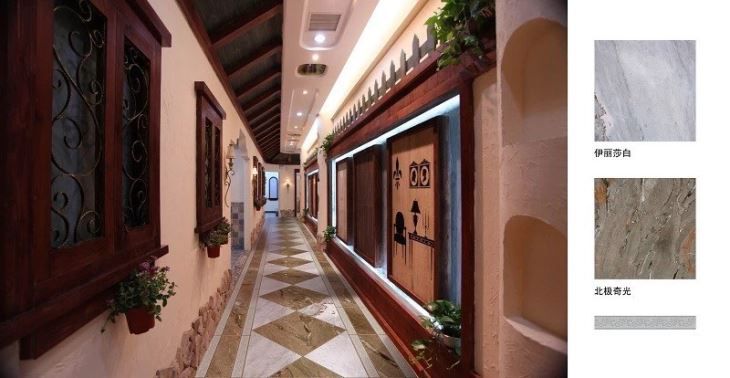
Granite
Granite is a dense hard rock formed by the melting of sediments deep within the earth or through magmatic (lava) activity. These sediments were held under extreme pressure and temperature for millions of years and then brought to the surface through dramatic changes in the earth’s crust that formed the mountains. This process produces granite, a quartz-based product that combines strength and durability with rich patterns and textures.
● The minerals in granite usually appear as small flecks throughout the stone, often producing a salt and pepper appearance. Other types of granite have veining similar to that of marble. Once polished, natural granite will retain its high luster almost forever. It can also be cleaned in a matter of seconds.
● Due to its durability, it can be used for kitchen countertops, bars, entry walls, floors, fireplaces and bathroom vanities.
● Buyers should be aware that no two natural stone tiles are alike – each has its own natural beauty. However, homeowners must be sure to seal the stone regularly to maintain this beauty.
Granite has many advantages, but these come at a price, as natural granite tiles fall at the high end of the price range. You may also need to budget the cost for a professional installer, as granite can be difficult to install on your own. Granite’s heavy and irregular edges make it difficult to place carefully and precisely. Because of its hardness, granite is also difficult to cut.
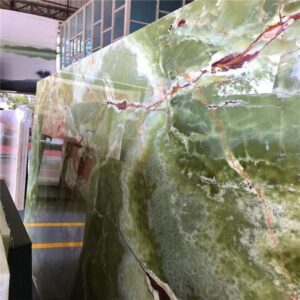
Onyx
Onyx is a natural stone that originates from limestone deposits. It is known for its blue color, but also comes in green, brown, white and pink, depending on the amount of iron it contains. Onyx has a rich and textured appearance that will vary from tile to tile. These qualities make it an excellent decorative tile.
● Onyx is considered to be a high-end stone and is known for its durability when properly maintained. That said, it is softer and more delicate than stones such as quartz or granite, and therefore more prone to scratches and scuffs.
● As a result, it is not ideal for areas with heavy foot traffic. It is also not suitable for kitchen counters, where tiles can be scratched, chipped or stained by acidic materials such as lemon juice or vinegar.
● Onyx tile performs well in areas that don’t get much wear and tear, such as bathroom walls, accent walls, areas around fireplaces or dresser countertops.
The porous nature of onyx requires that you seal it to prevent staining and protect it from water. This is not the best choice for homeowners looking for a low-maintenance tile.

Mosaic
Mosaic tiles are available in a variety of materials and shapes, but all have one thing in common: small size. An attractive alternative to large square-cut tiles, mosaic tiles come in squares, hexagons, rectangles and other geometric shapes.
- They are often sold in square panels on which multiple tiles are glued to a mesh backing. This makes installation fairly simple and perfect for DIY projects.
- Given their decorative appeal, mosaic tiles are a good choice for backsplashes and accent walls.
- Certain materials are more prone to staining and water damage, so keep this in mind when selecting a tile material. Mosaic tiles also require more grouting due to their smaller size.
The smaller the tile, the more grout is required, and over time, grout can be annoying. For this reason, the area between tiles should be minimized.

